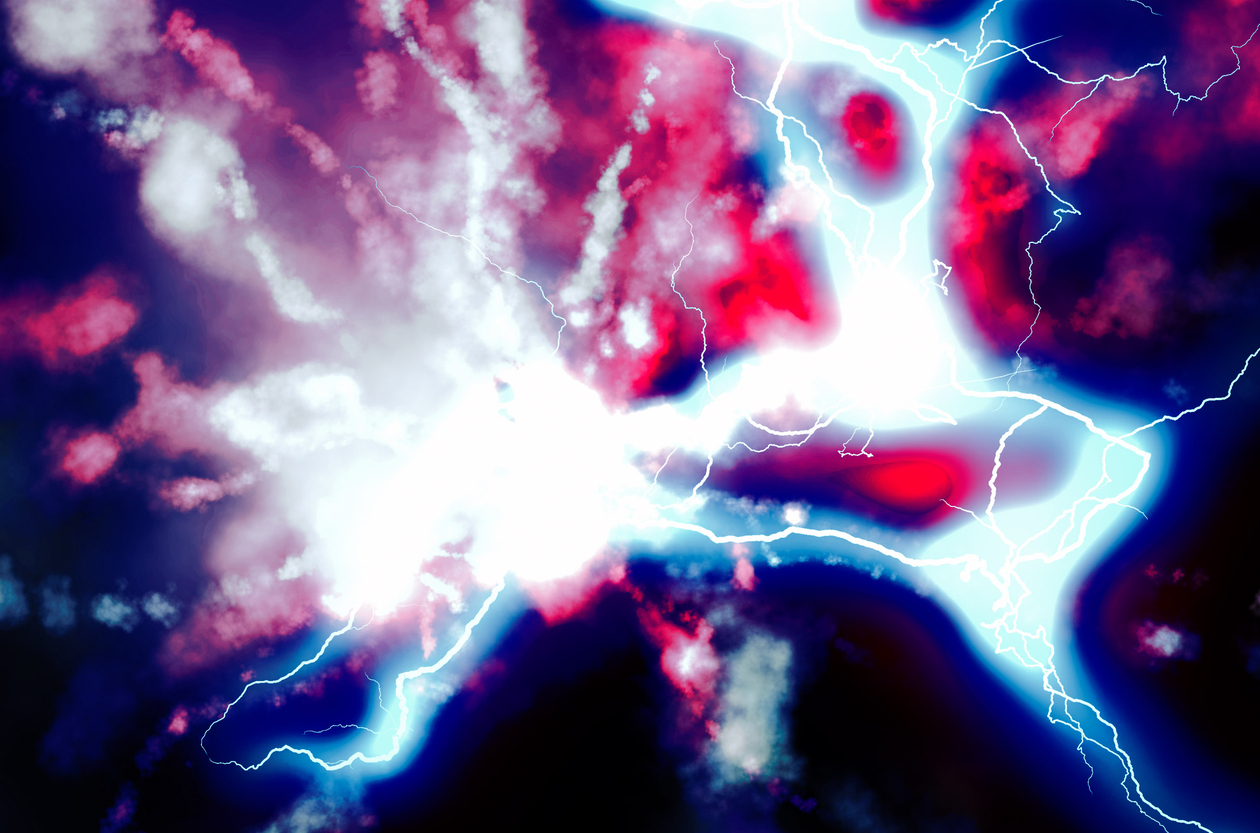

Some of these particles, like quarks and electrons, are pretty easy to imagine: They're the building blocks of the atoms that make up everything we'll ever touch with our hands. It amounts to a list of particles that, together, go a long way toward explaining how matter and energy interact in the cosmos. The S tandard M odel of physics has dominated scientists' understanding of the universe for more than half a century. and an all-new analytical framework," said Kate Scholberg, a particle physicist at Duke University who was not involved in the experiment. In a few years, researchers will therefore be able to use KATRIN and the new TRISTAN detector in order to embark on the search for sterile neutrinos.If MiniBooNE's new results hold up, "That would be huge that's beyond the standard model that would require new particles. The final detector will consist of 21 such modules. The next-generation detector was completed at the start of 2020, and the group at MPP is now working to characterize the detector and develop what is known as a detector module – a detector system with over 100 pixels. Since 2019, the prototype detector has also been in use in the KATRIN beam pipe, where it measures the stability of the tritium source to a high degree of precision. Of course, this setup was still not sensitive enough to be able to find these new particles, but we were able to demonstrate that the search technique works in principle. It is being developed in collaboration with the Max Planck Society’s semiconductor laboratory (Halbleiterlabor, HLL), the Polytechnic University of Milan, the University of Milano-Bicocca, Lawrence Berkeley National Laboratory, Oak Ridge National Laboratory, CEA Saclay, and the Karlsruhe Institute of Technology.įollowing a successful test phase, our group succeeded in incorporating the prototype of the detector into the predecessor of the KATRIN experiment (the Troitsk nu-mass experiment) in 2019, and an initial search for sterile neutrinos has already been conducted. The TRISTAN detector is made up of 21 modular silicon drift detectors, each of which has 166 pixels. Silicon drift detectors (SDDs) are one suitable detector technology. The big challenge for TRISTAN is to be able to process a high rate of electrons while also delivering excellent energy resolution.

This produces a characteristic distortion in the energy spectrum of the electrons, and the plan is to search for this sterile neutrino signature using the new TRISTAN detector system. When it does happen, the sterile neutrino takes significantly more energy away from the electron, as it is much heavier than a conventional neutrino. At the most, this happens in every millionth decay. It is theoretically possible, albeit with a very low probability, for the decay to produce a sterile neutrino instead of an active one. However, the electron can never absorb all of the decay energy, as the neutrino must receive at least the energy that corresponds to its own mass. In addition to an electron, this decay also produces a neutrino, and the 18.6 kiloelectron volts of energy that the decay releases are divided statistically between these two elementary particles. In order to determine the mass of the neutrino, KATRIN takes high-precision measurements of the energy spectrum of electrons produced by the radioactive decay of tritium. A novel detector system of this kind is currently being developed at MPP and goes by the name of TRISTAN. However, if the instrument is extended with a high-resolution detector, the setup can also be used to search for sterile neutrinos.

Otherwise known as the "most accurate balance in the world", KATRIN aims to determine the mass of active neutrinos. The KATRIN experiment at the Karlsruhe Institute of Technology is a possible source of sterile neutrinos.

For example, a sterile neutrino with a certain mass would be a suitable candidate for the dark matter in the cosmos. These sterile neutrinos would be heavier and interact more weakly than the known active neutrinos, and they are of particular interest because they could solve several riddles of the universe. TRISTAN stands for "Tritium Beta Decay to Search for Sterile Neutrinos”. Using the TRISTAN detector at the KATRIN experiment, scientists will be searching for hypothetical particles predicted by a number of theories that extend the Standard Model of particle physics.


 0 kommentar(er)
0 kommentar(er)
